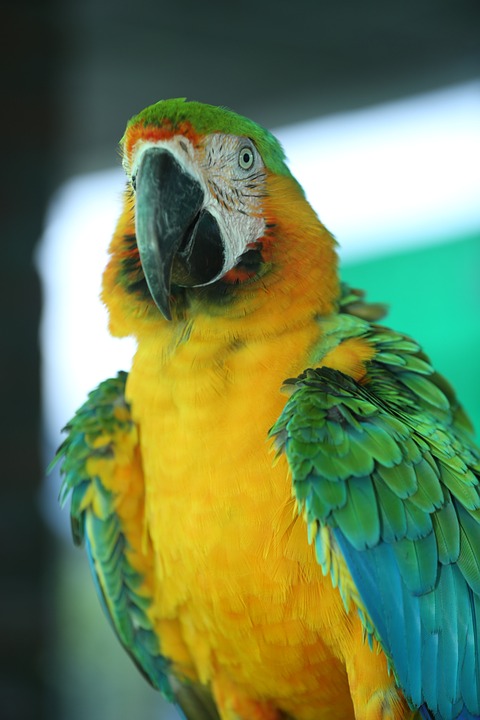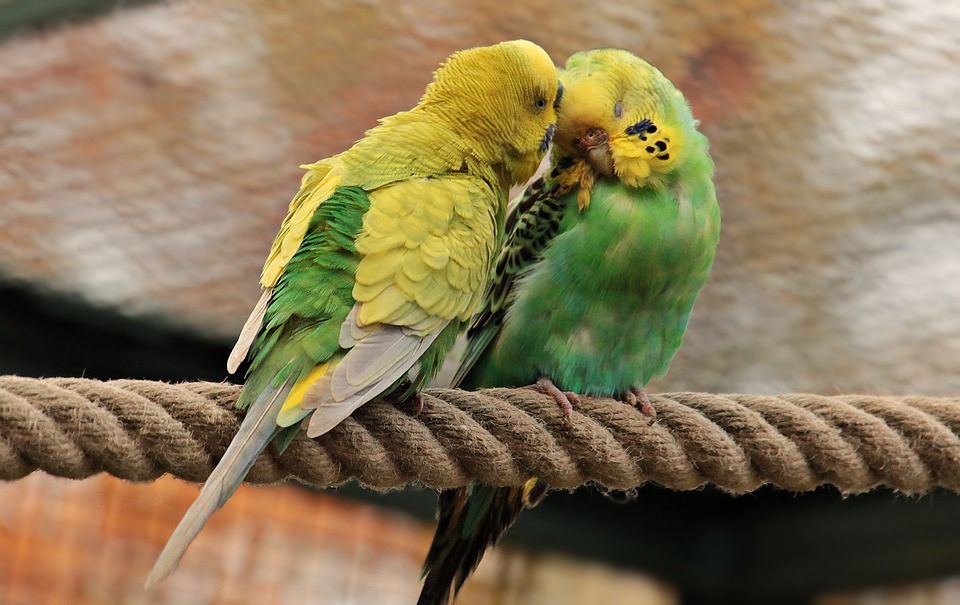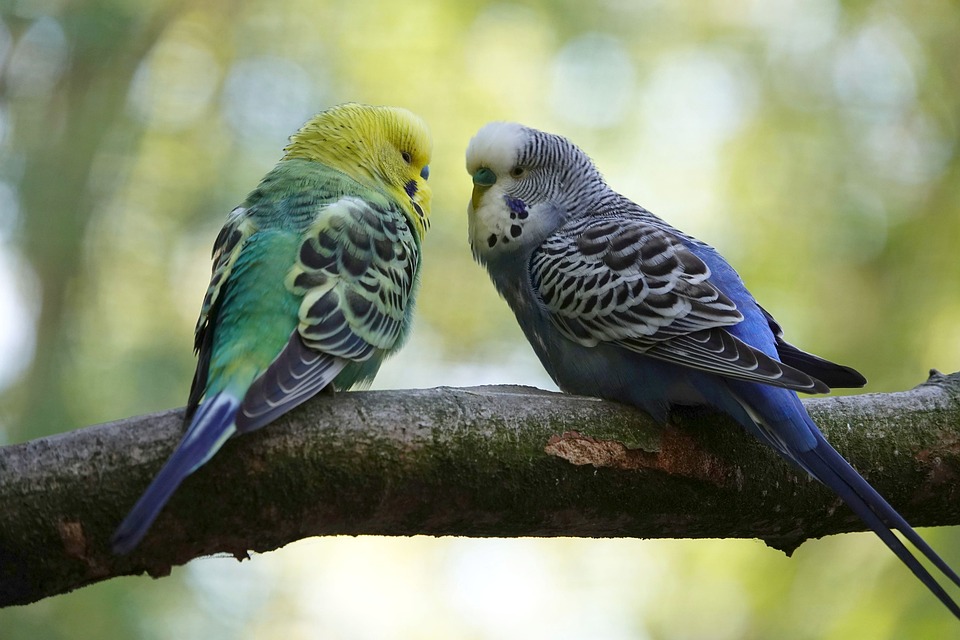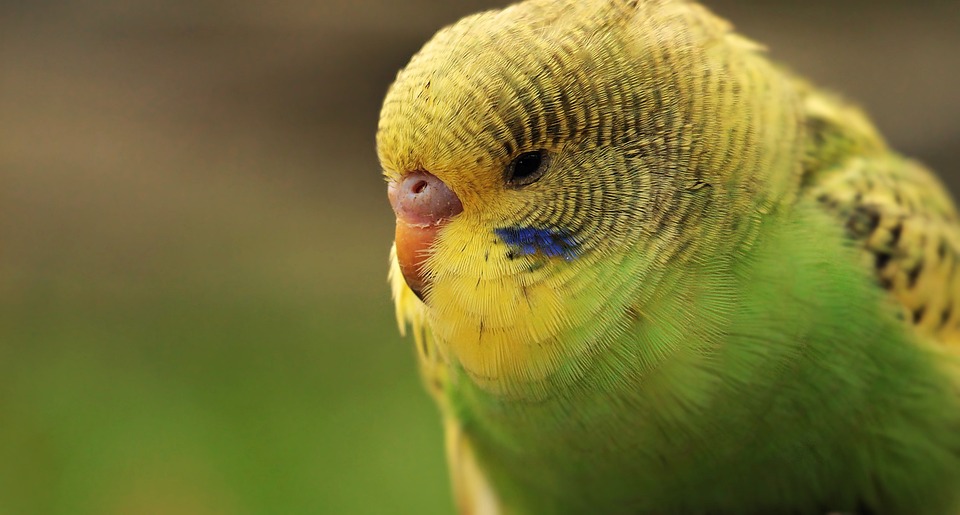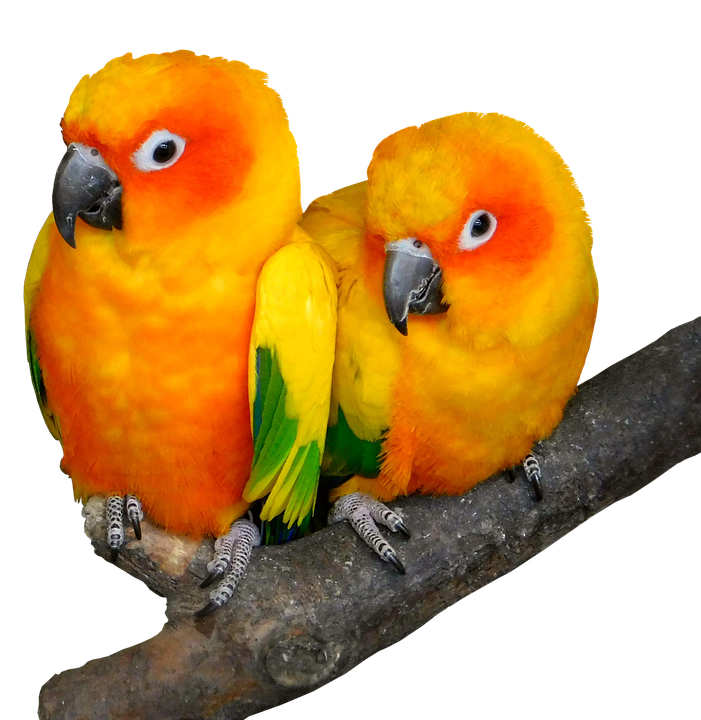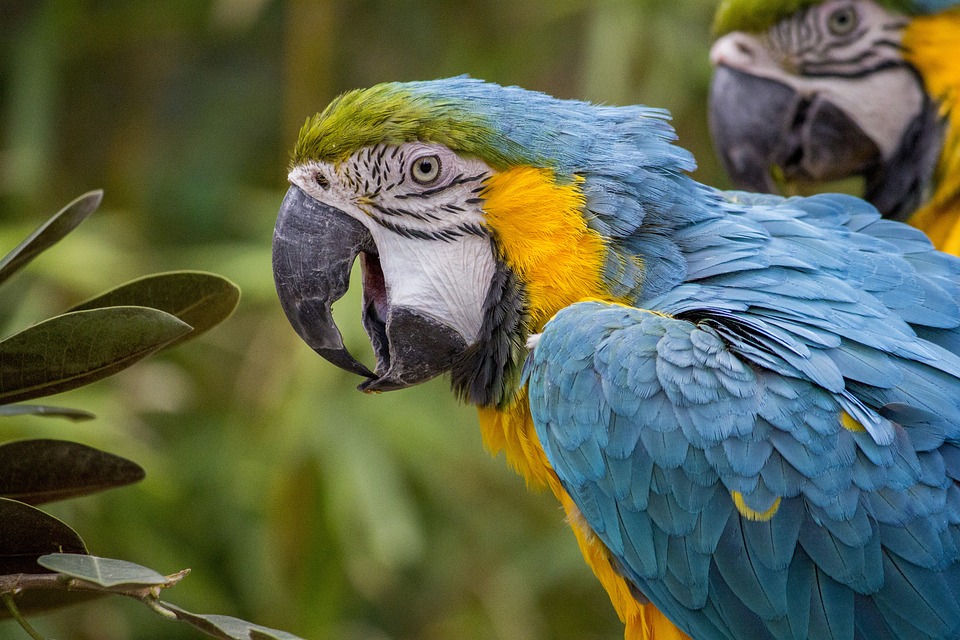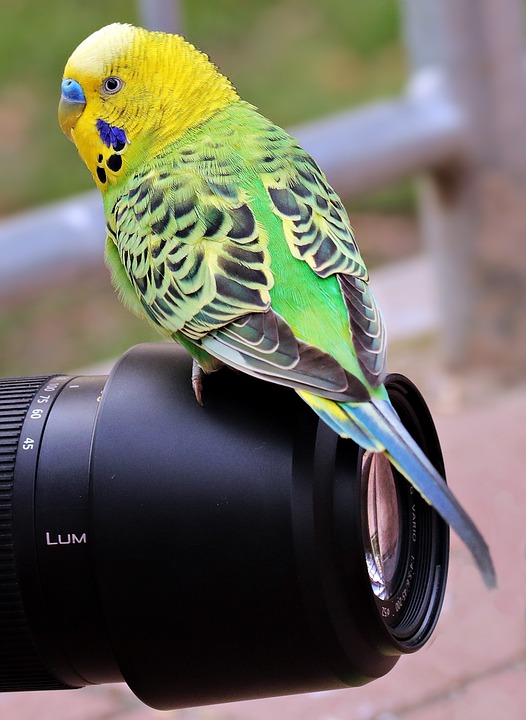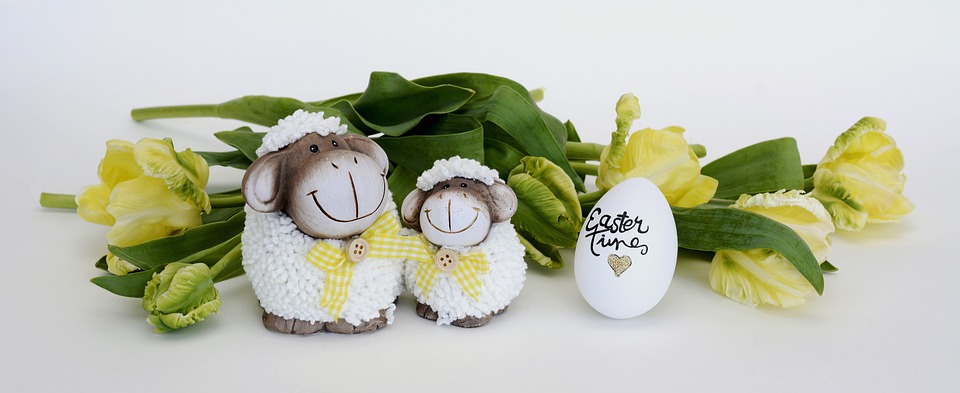Parrots are intelligent and social creatures that require mental stimulation to thrive. One crucial aspect of their well-being is foraging, which mimics their natural behavior in the wild. In this article, we will explore how parrots respond to foraging challenges and why it is essential for their overall behavioral and mental health.
Mimicking Natural Behavior:
Understanding the wild behavior of parrots helps us replicate their natural habitat and instincts, promoting a sense of security and fulfillment. Foraging allows them to engage in activities that they would typically perform in the wild, such as searching for food and using their beaks and claws to access it. By providing foraging challenges, we can simulate their natural behavior and create a more enriched environment for them.
Mental Stimulation and Enrichment:
Foraging engages a parrot’s mind, preventing boredom, and reducing the likelihood of behavioral issues such as feather plucking or excessive screaming. By presenting them with challenges that require problem-solving and critical thinking, we can keep their minds active and stimulated. This mental exercise is essential for their overall cognitive health and can contribute to their overall well-being.
Physical Exercise:
Foraging challenges encourage parrots to move, climb, and explore, promoting physical fitness and preventing obesity. In the wild, parrots spend a significant amount of their time searching for food and navigating their environment. By offering them opportunities to engage in these activities, we can ensure that they get the exercise they need to stay healthy and active.
There are various types of foraging challenges that parrots can engage in. Food dispensing toys are interactive toys that require parrots to manipulate or solve puzzles to access their food. These toys not only provide mental stimulation but also keep parrots entertained. Foraging trays and boxes involve hiding food within various substrates like shredded paper or wood chips, stimulating a parrot’s natural instinct to search and dig for food. Foraging trees are specially designed structures that allow parrots to climb, explore, and uncover hidden treats, providing a multi-dimensional foraging experience that mimics their natural habitat.
When presented with foraging challenges, parrots respond with curiosity and exploration. They eagerly investigate new challenges and use their beaks, claws, or even manipulate objects to access the hidden rewards. Over time, parrots develop problem-solving skills and adapt their techniques to become more proficient at obtaining their food rewards. By offering foraging challenges, parrots become less dependent on their human caregivers for food, promoting a sense of autonomy and reducing separation anxiety.
Foraging challenges should complement, not replace, regular meals. They provide mental stimulation and enrichment, but a balanced diet should still be offered separately. To introduce a parrot to foraging challenges, start with simple toys or trays and gradually increase the difficulty level as the parrot becomes more adept. Observe their response and adjust accordingly. Foraging challenges can significantly reduce or eliminate behavioral issues caused by boredom or lack of mental stimulation. However, if a parrot displays severe behavioral problems, it is advisable to consult an avian behaviorist.
When offering foraging challenges, it is important to ensure the safety of the materials used. Avoid small parts that can be swallowed, toxic materials, or objects that could cause injury. Always prioritize the well-being and safety of your parrot.
In conclusion, understanding parrot behavior and providing appropriate foraging challenges is crucial for their overall well-being. By mimicking their natural behavior, offering mental stimulation, and promoting independence, we can help our parrots lead healthier and happier lives. Remember to introduce foraging challenges gradually, monitor their response, and always prioritize their safety.

